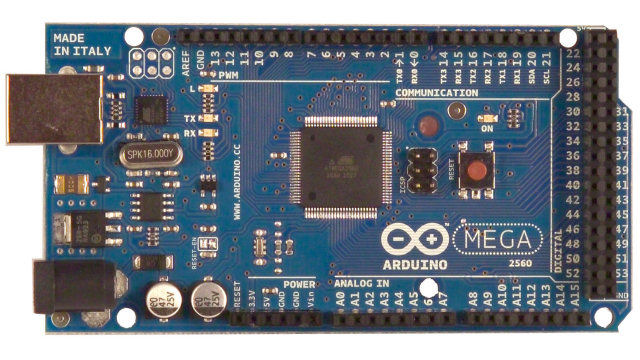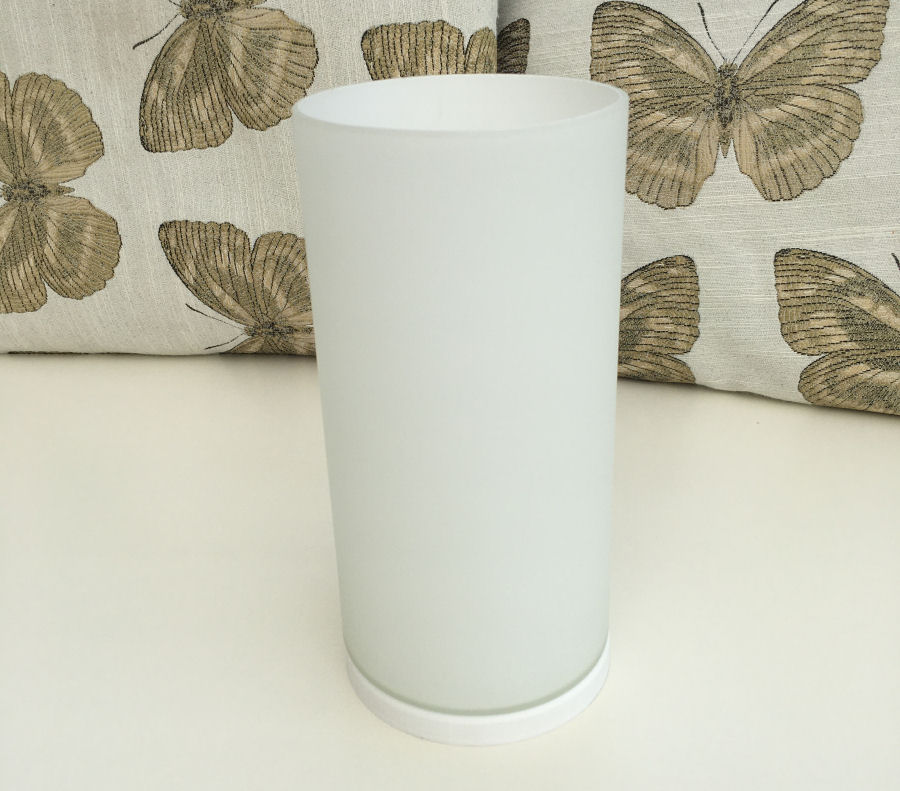Smart Home Emergency Lighting Project

There are simply aren't many smart home products that feature emergency lighting so I designed my own emergency lighting solution.
My smart home emergency lighting is designed to come on in specific locations in our home when the alarm goes off and when the home is occupied. The key objective is to provide clear directions to exit routes and lighting to assist with a rapid exit should an emergency occur. All of the emergency lighting in our home is powered via our UPS.
Design
I have designed our emergency lighting to be invisible when not in use and in many cases it is integrated into existing light fixtures. The emergency lighting is in addition to my safety lighting and all the other types of automated lighting.

My initial design assumes the emergency lighting uses dedicated low voltage (12V dc) lighting circuit and is wired as such, using 16/0.20mm 0.5mm² 11amp 'thinwall', automotive grade cable. In my smart home, I also colour code all wiring and have chosen a purple wire for all emergency lighting. Because the currents involved are so low, there is negligible voltage drop along very long lengths of wire.

Most of my 'emergency lighting' is simply 5mm warm white LEDs, which are incredibly cheap and reliable. There is also a massive range of bezels available, to allow different styles of fixing either into or onto a surface.

An LED typically requires a forward voltage of around 3V, so you can't simply connect it to the 12V supply. You could use a single resistor to limit the current but, to get a constant current and brightness I am using an LM317 current regulator IC (datasheet). This uses a single resistor to set the current.
For emergency lighting these LEDs are run at 20mA, so the value of the resistor R above is 62Ω. This basically means we can ensure a fixed brightness regardless of any variations in the supply voltage. The LM317Z in TO-92 form will start to get warm when dissipating this much power, so I use the TO-220 package for this application.

In order to make it even easier to deploy my emergency lighting, I've had a number of tiny PCBs manufactured. These accept the LM317 IC in both TO-92 and TO-220 package and allow the LED to be soldered to the PCB or mounted remotely on wires.
Installation
The power for my emergency lighting comes from my smart home UPS.
Smart Home Control
My contextual smart home models 'Emergency Lighting' as a simple (on/off) 'Light' object. It is intelligently controlled by associating and configuring a controller and my Home Control System uses my unified communications protocol to make requests by sending an event to the slave processor on which it is hosted, to turn it on or off.

The physical lighting control is performed by an Arduino Mega 2560, which is a slave processor and part of my distributed smart home architecture.
The actual power switching is done using my 8-channel optically isolated output board.
Use Cases

I have installed a single LED mounted in the ceiling above our stairs. When off it is virtually invisible. At night it puts out enough light to see by on our landing and stairs. Even with our bedroom door open, it is not enough light to keep us awake.
Dynamic Smart Lighting

I've also developed my own dynamic smart lighting and this has several form factors and the ability to be used for emergency lighting too.
Summary
I've had emergency lighting installed in my smart home now since 2010 and it has been faultless in all this time.
Further Reading
- My related project project on safety lighting.
- Smartisant research on emergency lighting.


